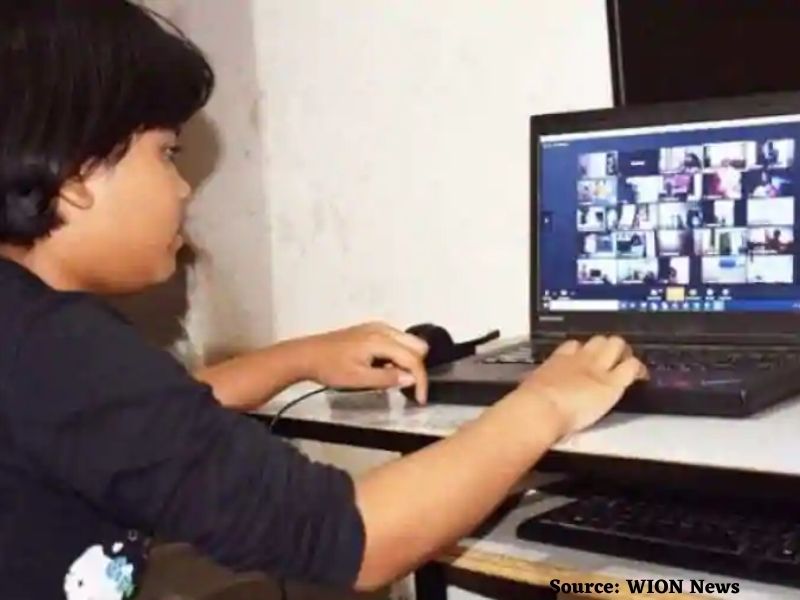-Mita Mukherjee (Kolkata)
With West Bengal’s 81,000 primary, secondary and higher secondary government schools and 600 private schools with an aggregate enrolment of 26 million children shut down since mid-March because of the Coronavirus pandemic which has taken a toll of 7,350 lives in the state, the online education revolution seems to have bypassed the state (pop. 91 million). In state-funded schools, attendance in the digitally aided classes is reportedly below 40 percent, and in private schools an average 65 percent of students regularly attend online classes, according to data collected by the state’s education ministry.
Meanwhile, with the state’s legislative assembly election scheduled for next summer fast approaching, the ruling Trinamool Congress Party led by fiery chief minister Mamata Banerjee, is dithering on the issue of reopening school and college campuses with the Covid-19 pandemic showing no signs of abating.
Although a small minority of private schools in Kolkata are reporting that over 90 percent of students are learning online, these are children of upper middle class and wealthy households which are well equipped with reliable Internet connectivity and digital devices. Average attendance in private schools’ online classes although higher than in government schools, is reportedly a modest 65 percent.
“Principals of several schools have informed us about low attendance in online classes. Teachers are finding it difficult to communicate with students. The situation is even more difficult in rural areas of West Bengal and less developed states such as Manipur. Online learning is a new phenomenon and institutional managements and teachers are still in the process of familiarising themselves and students with digital teaching-learning,” says Gerry Arathoon, secretary and chief executive of the pan-India Delhi-based Council for Indian School Certificate Examinations (CISCE) board which has 3,000 private schools countrywide, and 430 in West Bengal affiliated with it.
Unsurprisingly, academics in the state are alarmed at the growing digital divide within the students’ community of West Bengal. “The digital learning deficit of vulnerable and impressionable children in Bengal is a reality. This divide is placing students from the upper strata in an advantageous position and will force millions of children in under-served government and budget private schools to drop out. The government, as well as industry, should step forward to bridge the digital divide in education. The state government alone can’t solve the problem. The Centre should also take the initiative to provide proper Internet connectivity to needy students at low cost. Mobile phone manufacturing companies can also play a big role. Many families have only one device at home and girls are often not allowed to use them. The state government should identify such families and provide online learning facilities with the help of industry,” says Suranjan Das, vice chancellor of the highly reputed, state government funded Jadavpur University, Kolkata.
Meanwhile with the state’s Trinamool Congress government dithering on the issue of reopening schools for conventional education fearful of a spike in Covid cases as the election nears, the growing digital divide is forcing millions of out-of-school children statewide into child labour and worse.
Also Read:West Bengal: Anti-incumbency mountain
